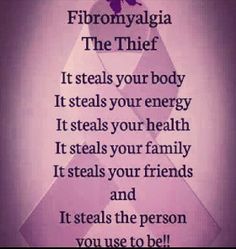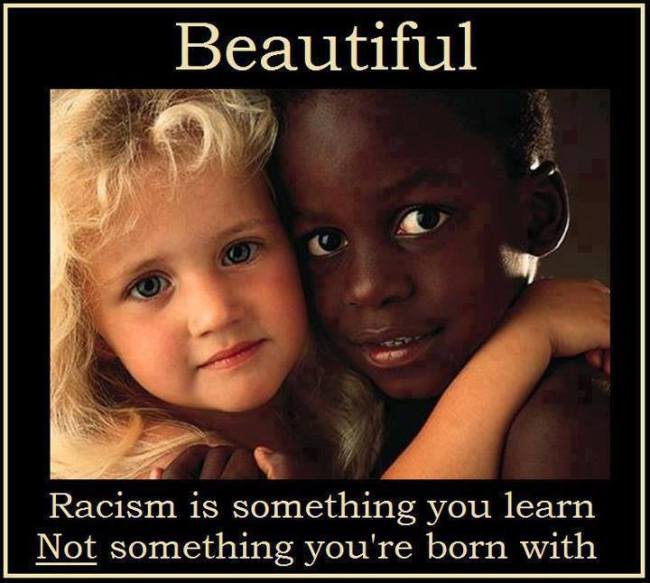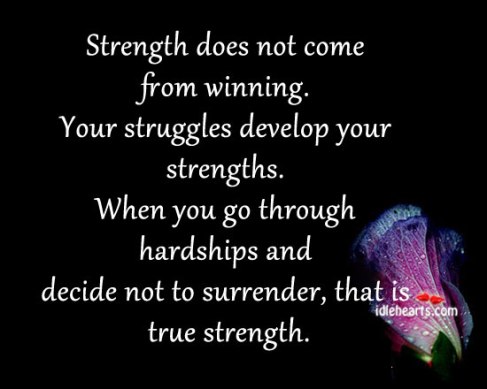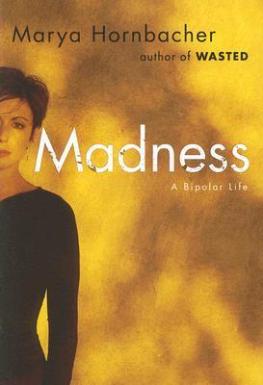I want to apologize for not posting and commenting as much as I used to. I have been going through a rough patch in my life. Unfortunately I have been dealing with flare ups due to my fibromyalgia and bulging, herniated discs that has taken it’s toll physically and mentally. I am hoping that this post explains a little bit about what life is like with chronic pain…especially when certain individuals don’t believe you.
I can’t imagine anyone relishing the idea of being tired, in pain, or suffering from “brain fog” for one day, let alone for months or years. If you have fibromyalgia, this is what you experience on a regular basis. Yet there are people who believe that fibromyalgia doesn’t exist – that it’s a made-up disease with the purpose of appeasing patients, giving their complaints a name.
Incidences of muscle pains characteristic of modern-day fibromyalgia have been documented for centuries, but only in the 1970’s did the disease begin receiving serious attention as physicians began to better identify trigger points, inflammation, and fibromyalgia-associated issues such as sleep disorders and irritable bowel. And only in 1987 did the American Medical Association recognize fibromyalgia as “an emerging condition.” But saying it’s a disease and convincing non-believers are two different things.
I’ve been asked what it’s like to have fibromyalgia and, just as it’s difficult to diagnose, it’s difficult to explain. I was diagnosed years ago, I can even trace the symptoms to my teens. I often experienced unexplained bouts of exhaustion and pain. I never slept well. I had other fibromyalgia-related physical issues, but no one could figure out what was wrong. After a while, I began to believe that it was all in my head. I knew I felt the pain, but there was no explanation. I knew I was exhausted, but everyone is tired – why would I be any different? The other symptoms? I was overplaying them, complaining too much, imagining them, looking for attention, wasn’t I?
My family and close friends were (and still are) wonderful. They never made me believe that I shouldn’t be feeling what I was experiencing. They tolerated my quirks, such as the hypersensitivity that results in a very strong startle reflex and not being able to stand the feel of certain things against my skin. (It wouldn’t surprise me if the princess in fairy tale The Princess and the Pea had fibromyalgia!) My husband, my children, my friends, all helped me when the pain was bad and the exhaustion overwhelming. But feeling so different and not knowing why takes a toll on a person.
~MAY THE FORCE BE WITH YOU~




























